After you create content in an LCMS, you have the option to push the course package to an LMS (as you would with any authoring tool).
But many LCMSs can host the course content, instead. That allows rapid updating…or rather, it more efficiently presents learners with the most up-to-date version.
How does it work? Your integrated LMS simply points its "course" to an LCMS-hosted package. This simplifies the updating process. Updates become a single "save" or "publish" step – no need to download, change software, and upload.
You keep all the functional benefits of delivery through an LMS. You can assign, track, and build reports just as you would any learning object.
But you may gain additional utility. Some Learning Content Management Systems offer additional analytics beyond traditional SCORM data. When your LCMS hosts course files, you can leverage these new (or more granular) insights. Even more data-reporting options are opening up with the growing use of the Experience API, or xAPI.
Finally, you can take those additional analytics and close a feedback loop, sharing insights with course creators right in the LCMS. That enables smarter course development and revision.
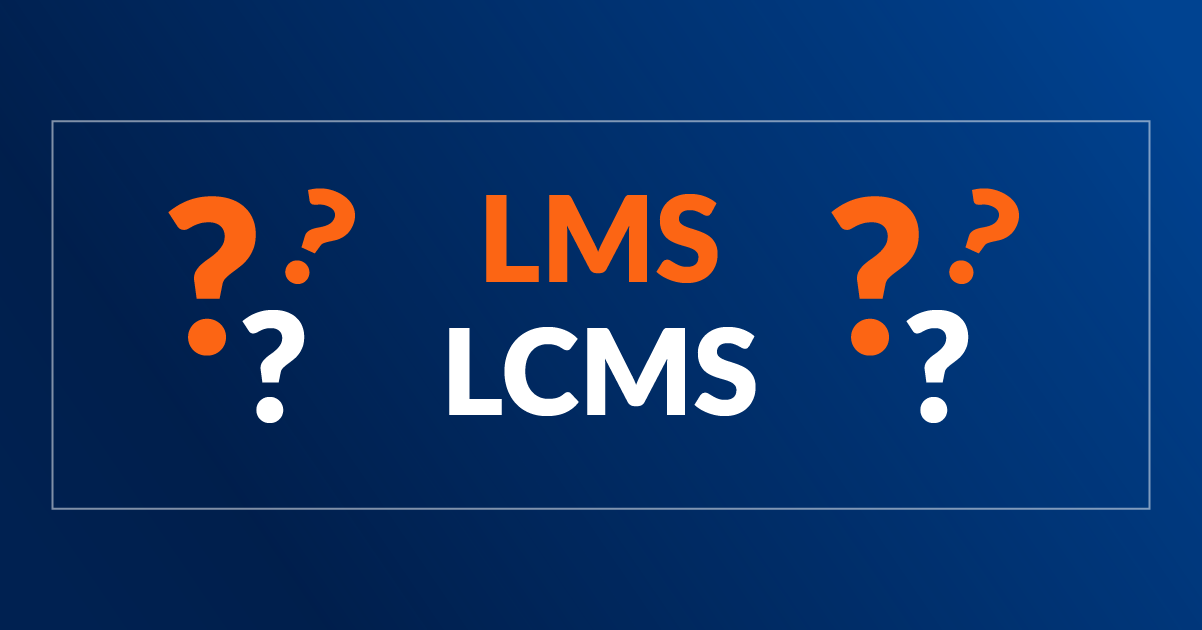
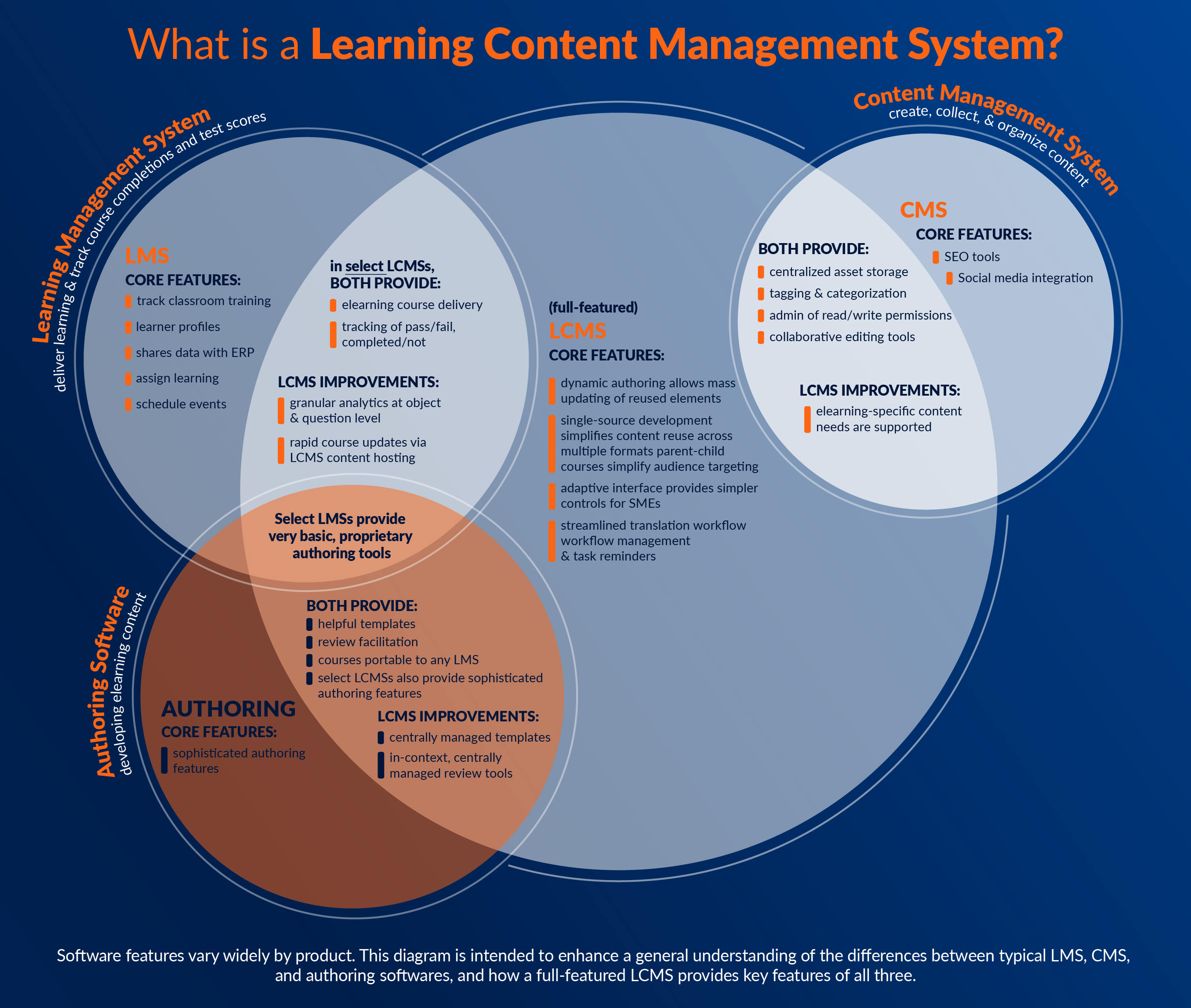


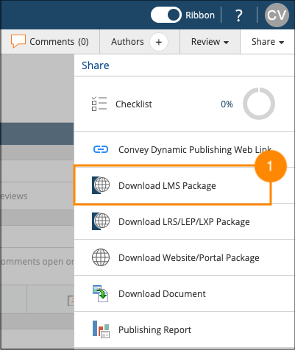

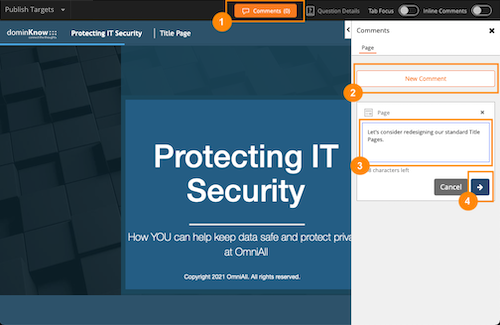


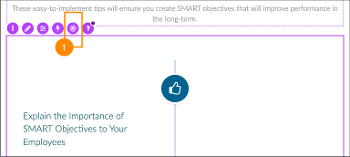
Comments ( 0 )
Sign in to join the discussion.